For the first time in more than 50 years, the moon has once again become the focus of space exploration organizations all around the world. In fact, NASA, JAXA, ISRO, and CNSA all have lunar landing projects either happening or in the works.
And JAXA, or the Japan Aerospace Exploration Agency, has recently announced that while their lunar module successfully landed, it’s waiting for the sun to hit just right to start exploring the moon’s surface.
It Feels Like Moon Landings Are Happening All the Time
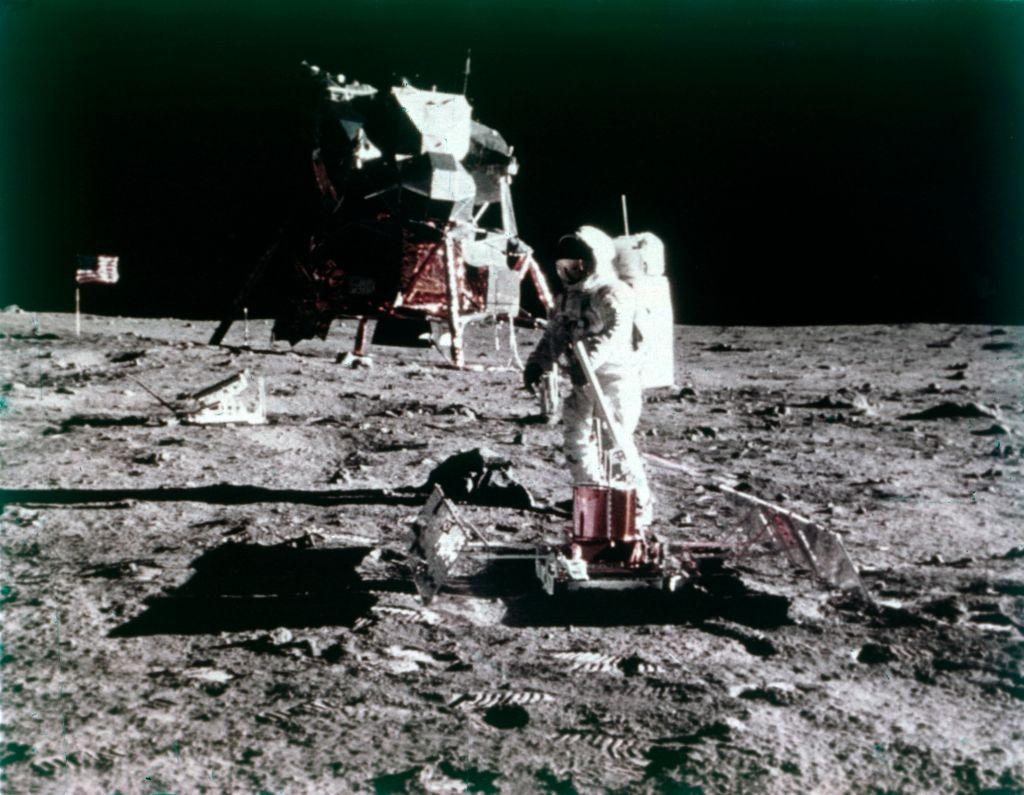
After decades of inattention, it suddenly feels as if space exploration organizations around the world are focusing all their efforts on landing on the moon.
Before the new millennium, the USA and what was the Soviet Union were the only two nations to have successfully landed a lunar module, but in the past few years, China, India, and Japan have joined the list.
Understanding the Moon Will Help Us Understand Our Planet
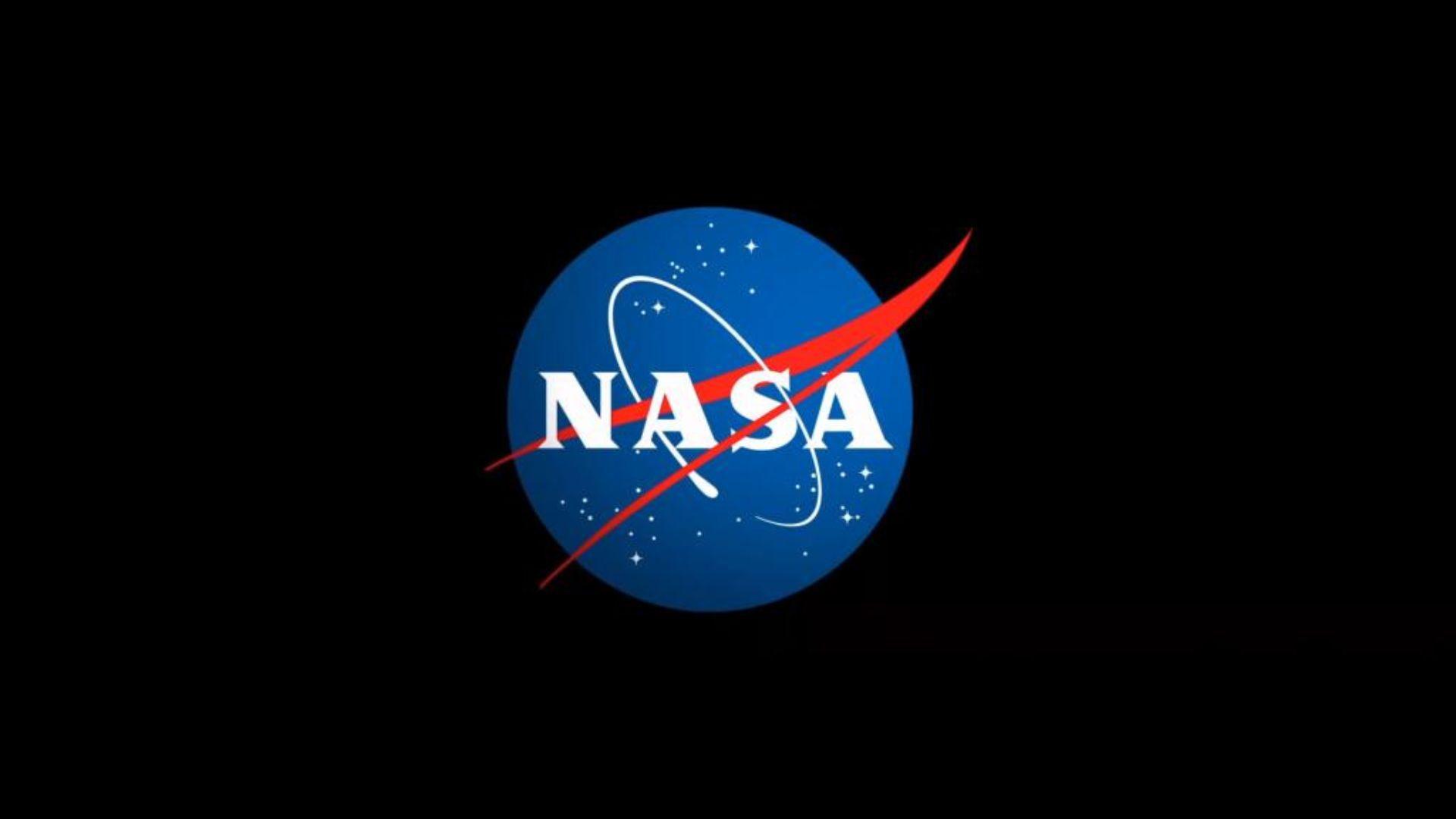
The reason why is essentially that understanding the moon, including its surface, geology, and weather, will help scientists better analyze the history and, therefore, the future of planet Earth.
As climate change has become a real threat to our planet, the race by organizations such as NASA and JAXA to find out how our planet came to be and what will happen next is more important than ever before.
Landing on the Moon Is Harder Than It Looks
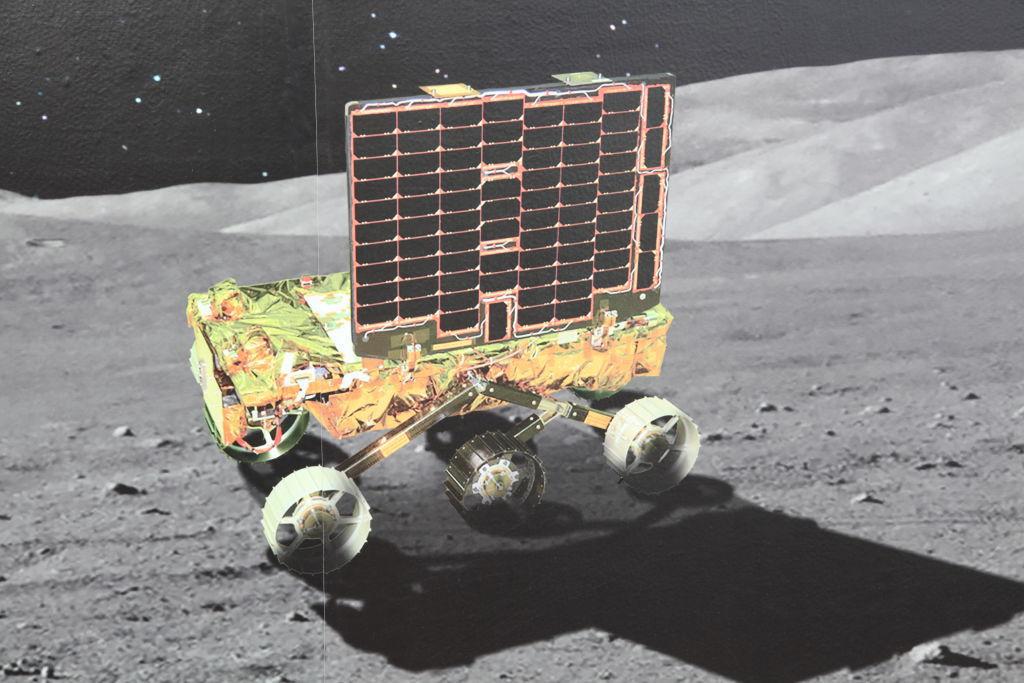
While it may seem like everyone is landing rovers and modules on the moon’s surface, it’s crucial to understand that doing so is far more challenging than it looks.
Of all attempts to land on the moon, only half have been successful. And even those that do land safely often experience problems on the surface.
Japan’s Exciting Lunar Landing
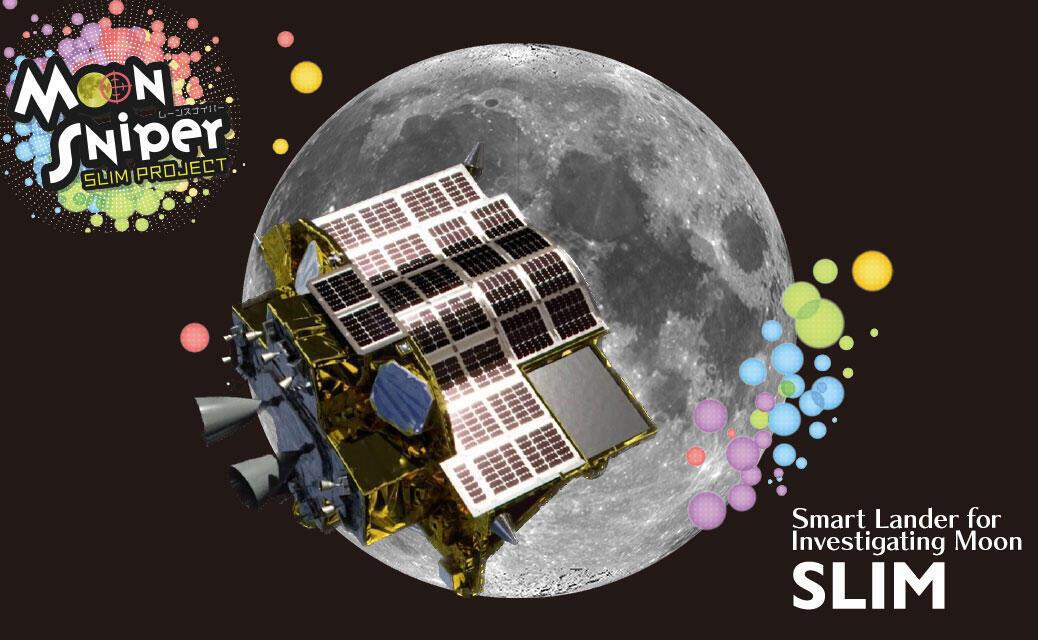
Japan has attempted to land a module on the moon’s surface before, but they were unsuccessful. But JAXA didn’t give up; it decided to try again via its Smart Lander for Investigating Moon (SLIM) project.
Finally, after extensive preparation, they were able to successfully land the Moon Sniper rover safely on the surface of the moon on Friday, Jan. 19, 2024. However, the landing didn’t go exactly to plan.
The Solar Panels Aren’t Functioning as They Should
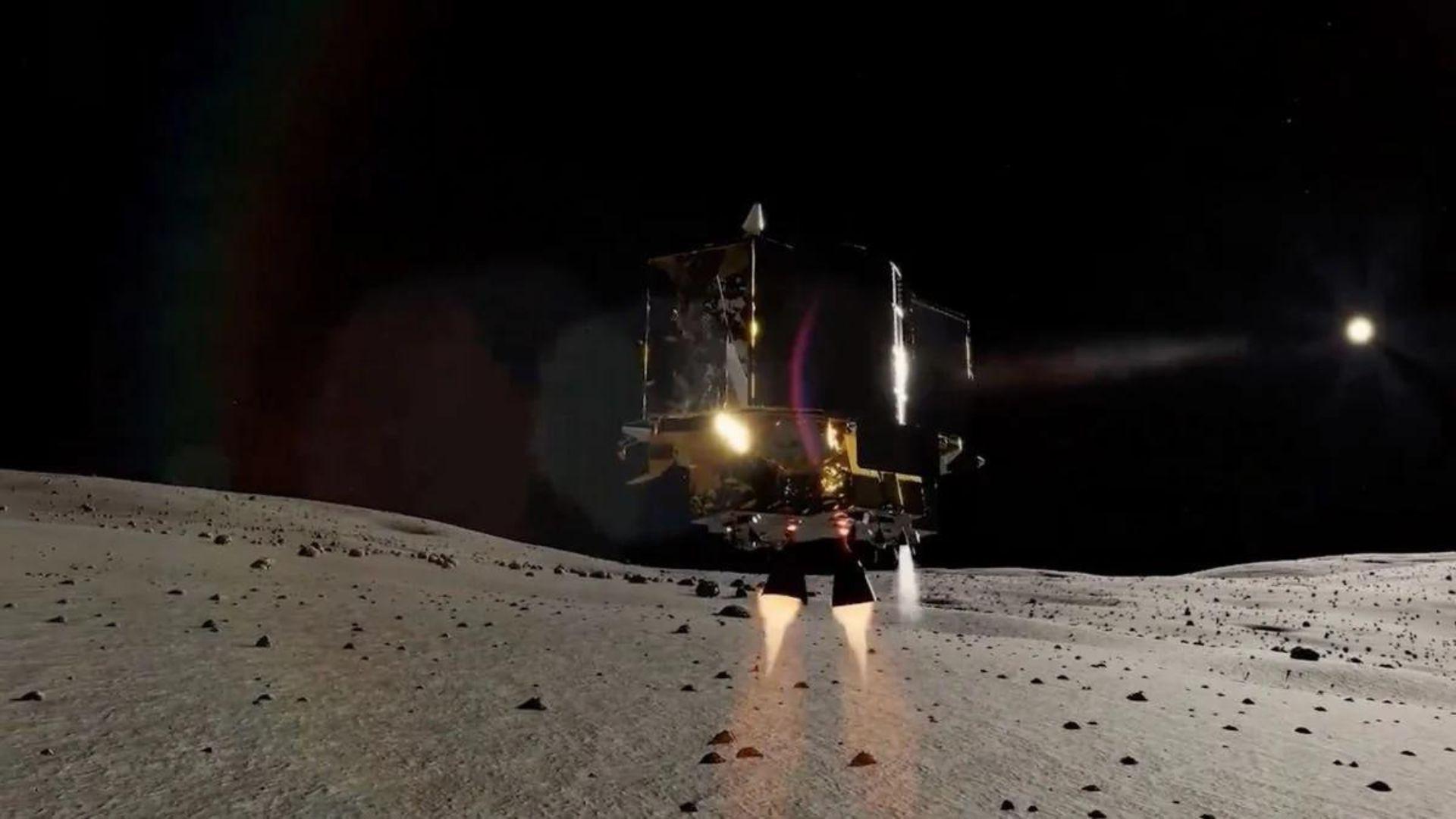
JAXA announced shortly after the Moon Sniper landed that the solar panels weren’t functioning as they should be, but not because they were damaged.
Essentially, the panels simply aren’t lined up properly with the sun; the module landed where it was supposed to, just slightly out of alignment.
What Does This Mean for the Moon Sniper?

Fortunately, this isn’t the worst news for JAXA’s Moon Sniper. The mission team believes that as the sun moves, the panels will eventually realign with its rays and receive enough power to complete the mission as planned.
A JAXA statement explained, “If sunlight hits the moon from the west in the future, we believe there’s a possibility of power generation, and we’re currently preparing for restoration” (via BBC).
Understanding the Moon’s Orbit Around the Sun
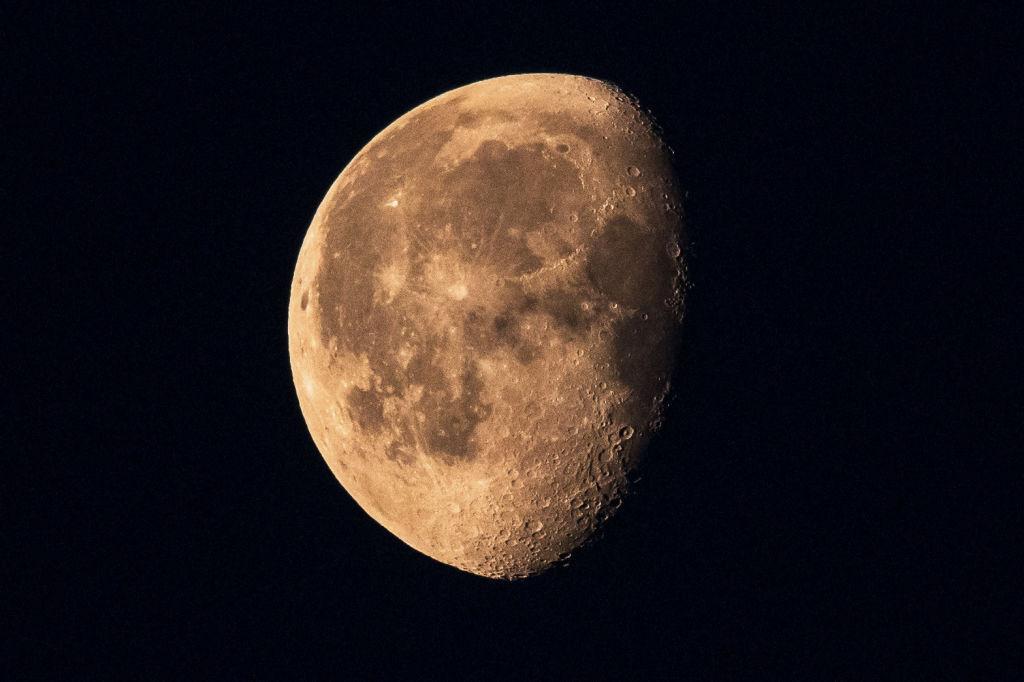
In order to fully understand how the sun’s rays will eventually line up with the Moon Sniper’s solar panels, one needs to first grasp how the sun rises and sets on the moon.
In simple terms, the sun rises on the eastern horizon of the moon and sets on the west, though this process doesn’t happen in just 24 hours as it does on Earth. In fact, it takes about two weeks for the sun to rise and set on the moon.
The Sun Is Currently Rising on Shioli Crater

So, because of where the Moon Sniper sits on the moon’s famous Shioli Crater, it is currently “morning,” i.e., the sun is rising from the east.
But in just over a week, the sun will start to set as “afternoon” begins, and its rays will point directly to the rover’s solar panels, giving it the energy it needs to continue the mission.
What Does the Moon Sniper Plan to Do on the Moon?
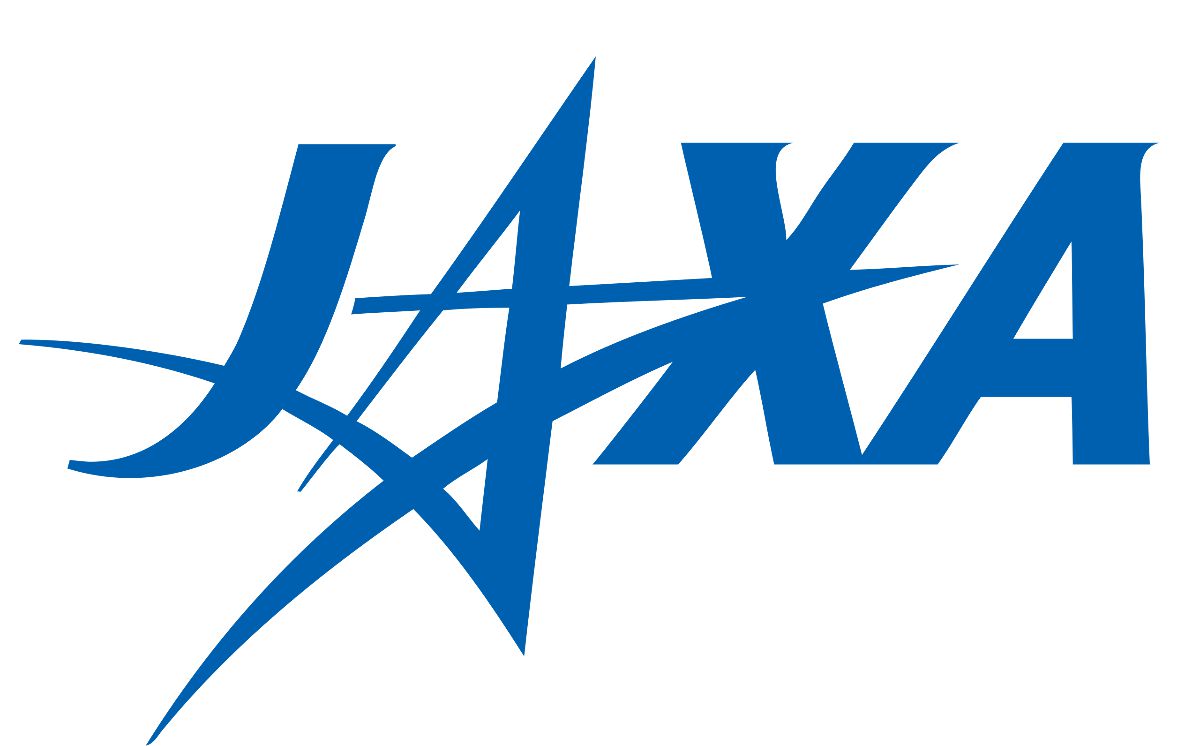
JAXA has expressed that it has big plans for its Moon Sniper once it’s up and running again. The plan is to have the module and its two miniature rovers move along the moon’s surface to collect data and take photos to be sent back to Earth.
However, JAXA wants to make it clear that in their minds, the Moon Sniper has really already done what it set out to do, which is change the current expectations of lunar landings.
Why JAXA’s Lunar Module Is Called the Moon Sniper
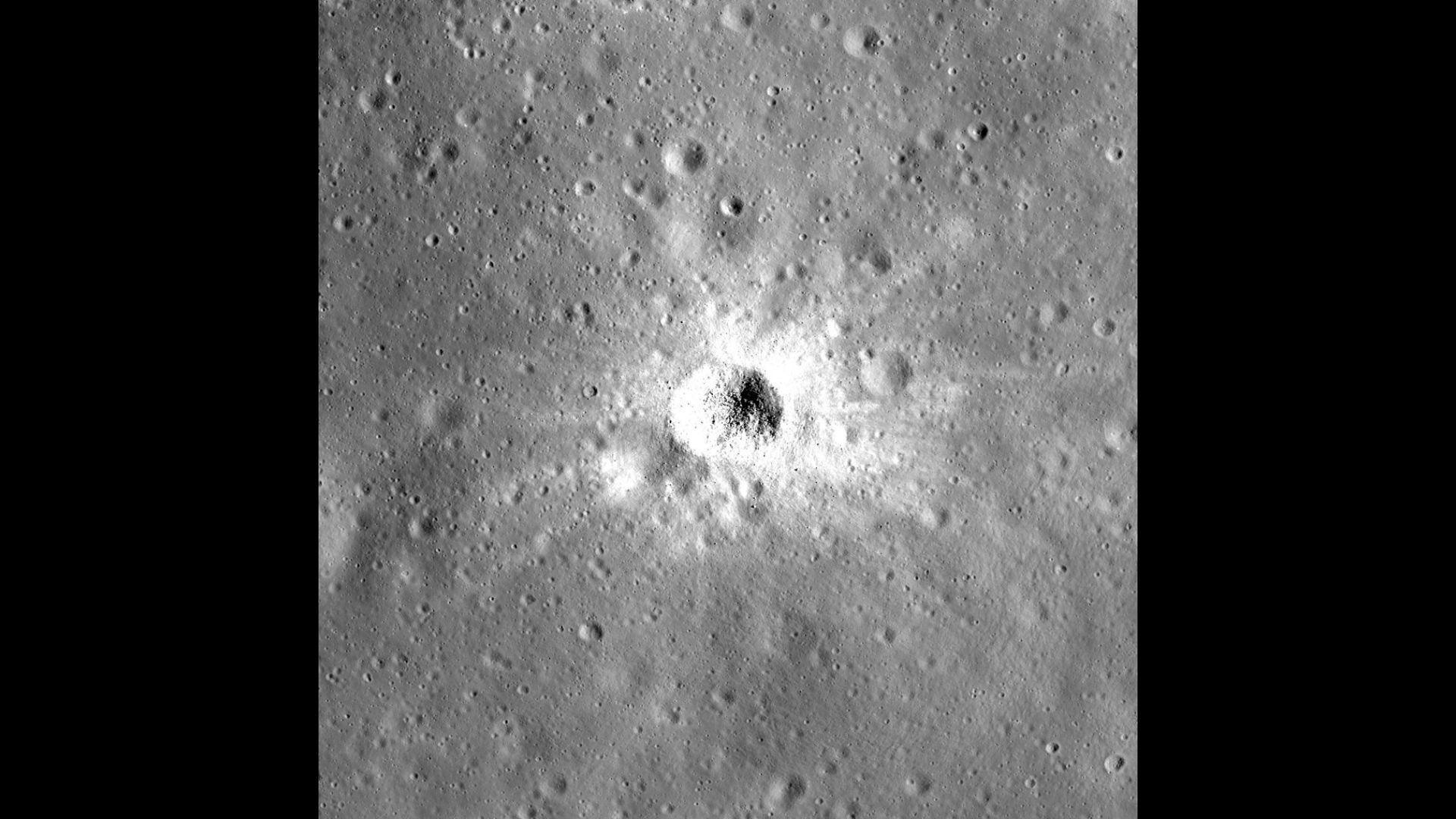
JAXA specifically called its module the “Moon Sniper” as its goal was to land the device in a hyper-specific location as opposed to just anywhere, as other modules have done.
And in that, they were wildly successful. The SLIM module landed within 330 feet of the target location on the rim of the Shioli Crater. Which, according to The Planetary Society, was “key to the future of scientific lunar exploration.”
The Moon Sniper Is Patiently Waiting

When JAXA first noticed that the solar panels were not aligned with the sun’s rays, it immediately decided to switch off the spacecraft to preserve its existing battery. The organization announced, “The battery was disconnected according to our procedures with 12% power remaining, in order to avoid a situation where the restart [of the lander] would be hampered.”
So for now, the Moon Sniper is still functioning perfectly, but it’s powered down and simply waiting for the sun to set on the moon to get back to work.
